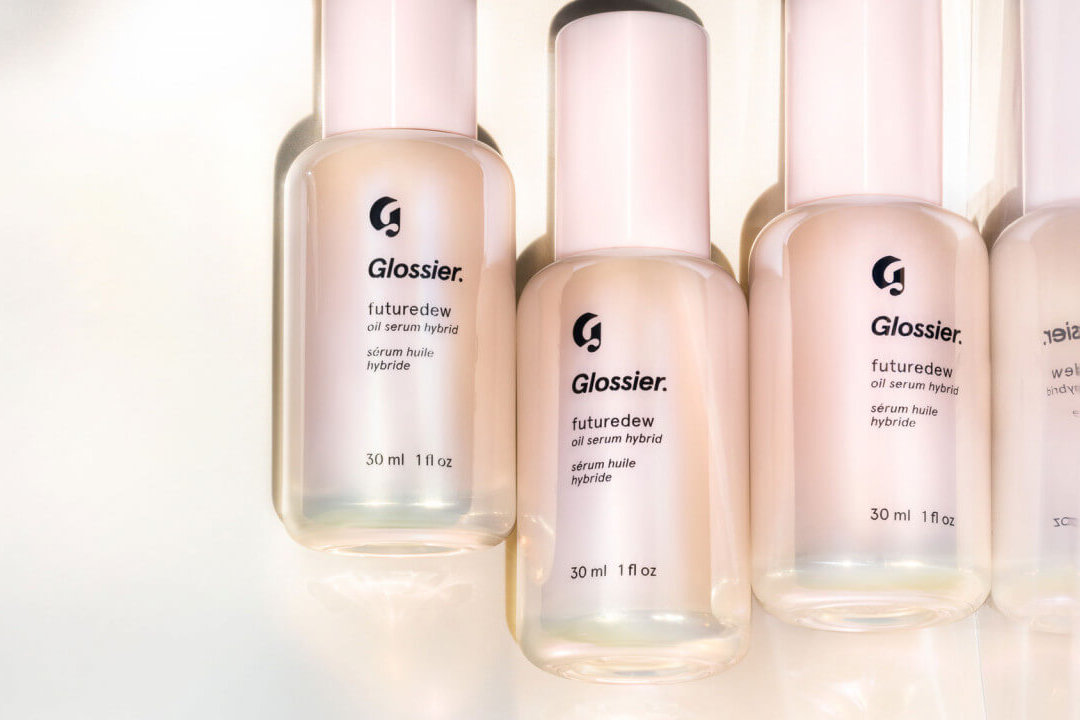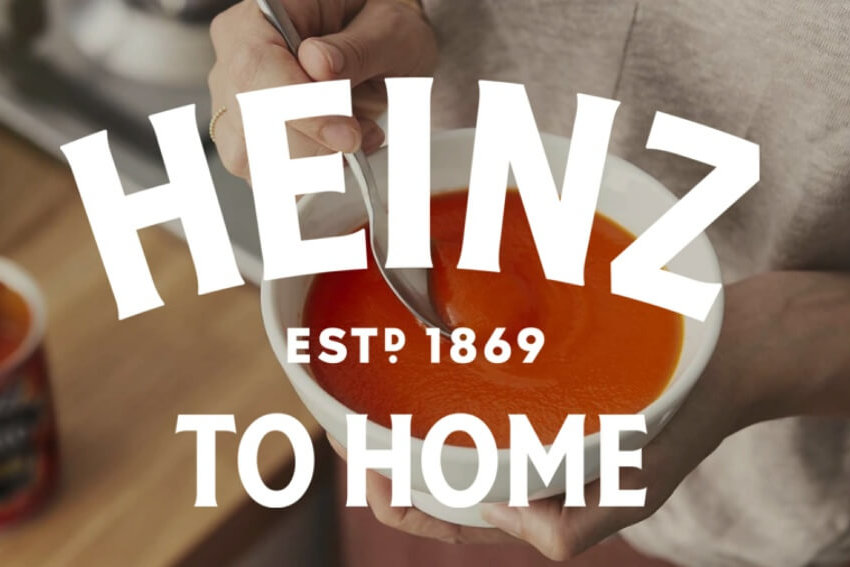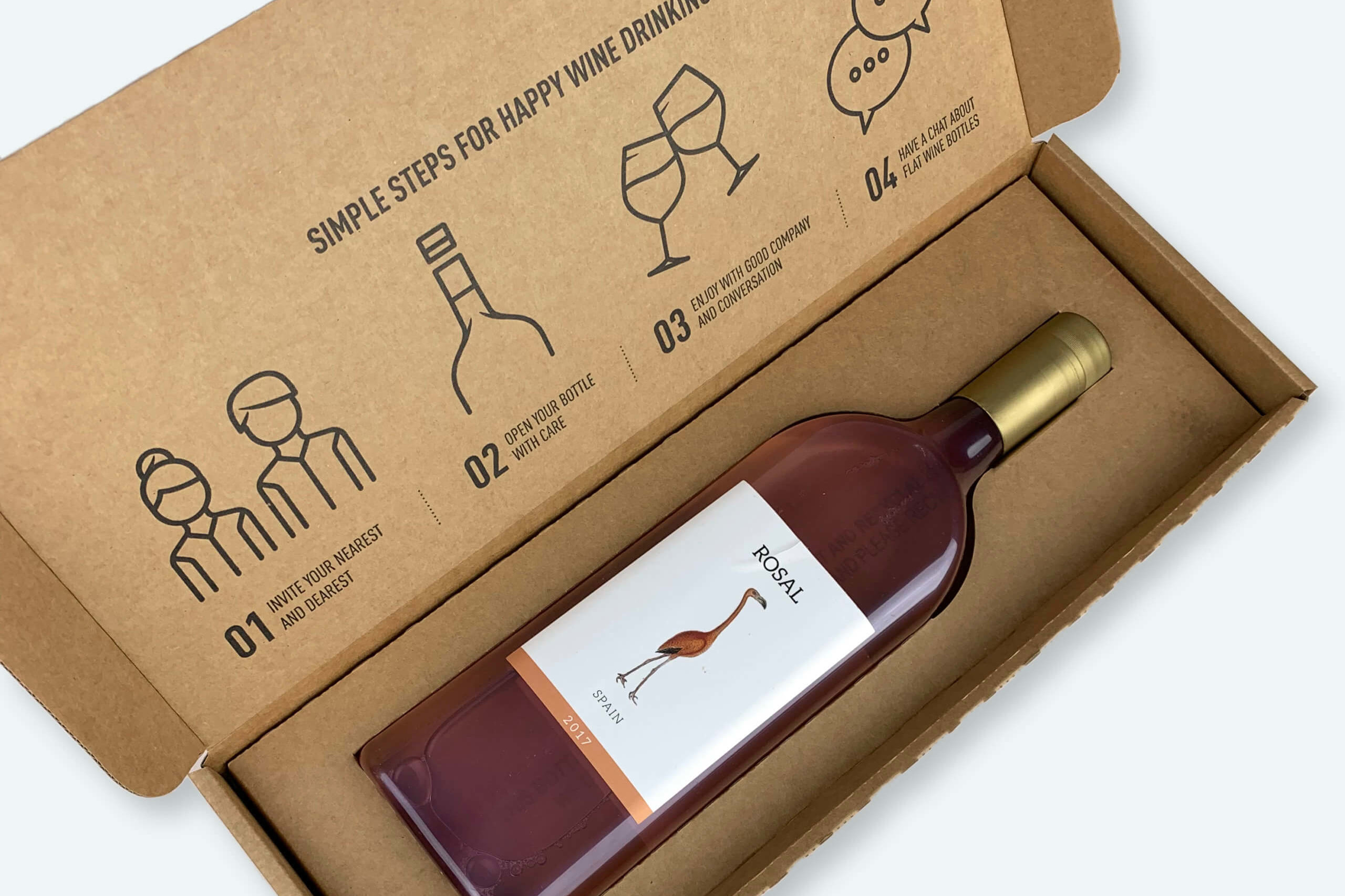We seem to be very familiar with the first generation of Direct to Consumer (D2C) brands: according to Retail Times, 97% of UK online shoppers are aware of the leading D2C brands and 37% have already purchased from one.
Brands such as Made.com, Glossier, Graze, Dollar Shave Club or Away were introduced in the early/mid 2010’s, grew with the rise of social media (as a communication and commercial platform) and benefited from the opportunity to sell without the middlemen. They became household names, attracted investments, and in some cases were acquired by multinational groups.
However, over time the D2C space became crowded. Consumer acquisition costs have risen significantly, and the realisation that physical retail presence constituted a competitive advantage meant higher marketing budget requirements. And whilst most of these brands innovated in their branding and delivery model, many did not offer the product innovation pipeline that consumers expected.
As Neil Blumenthal, CEO of Warby Parker, noted earlier this year: “It’s never been cheaper to start a business, although I think it’s never been harder to scale a business”.

ENTER COVID 19
Covid-19 was a significant catalyst for change in D2C.
Behavioural change brought further pressure on first generation D2C brands, in particular those in categories which become less relevant as consumer frugality or time indoors increase (for example, Away travel equipment or Glossier cosmetics).
But the crisis has also proved something of a silver lining.
Online shopping became more attractive to a broader range of shoppers, a convenient (and safer) way to have access to brands – a behaviour that, for many, will be here to stay.
And as physical retailers rationalised ranges or withdrew promotions, many businesses were forced to reach out directly to consumers.
Large organisations which have for some time considered D2C were finally able to convince management and launch their platforms just a couple of months after lockdown began. Heinz (Heinztohome.co.uk) and Pepsi (snacks.com and pantryshop.com) introduced their platforms in April and May, respectively. AB Inbev has recently started testing its own direct to consumer webshop on a small scale, and Nestle opted for a lower risk / lower investment third party collaboration with Deliveroo in the UK.

NOW IS A GOOD TIME FOR LEADING DRINK COMPANIES TO CONSIDER D2C
For a start, the crisis (and current paradigm shifts) is an opportunity to fast track changes and drive new initiatives in larger, and in some cases slower, organisations.
Very importantly, the unchanging consumer relevance of Drinks as a product, and the increased importance of at home consumption, makes this category extremely attractive in comparison with others.
Moreover, offline presence is a major competitive advantage for large Drinks brands in the new D2C world. The combined presence in major retail chains and Amazon listings provide Drinks brands with the awareness and visibility to thrive online.
And, as mentioned earlier, operating in the new D2C world means higher consumer acquisition costs and requires deep pockets – although this gradually improves as the operation scales. That puts larger Drinks businesses in a stronger position vis-a-vis SME’s and small start-ups.
It’s important to highlight, however, that moving into D2C puts pressure on Drinks brands to deliver execution excellence – being it in customer service, in offering a seamlessly navigable online interface or in creation of engaging content. Amazon have made consumers impatient and brought their expectations up.

“Selling directly to consumers will complement rather than directly compete with sales in traditional retailers. It will facilitate repeat purchase, reinforce brand equity, and speed up product innovation for the future.”
WHAT ARE THE D2C OPPORTUNITIES FOR DRINKS BRANDS?
Although a ‘second wave’ of Covid-19 may not occur, local lockdowns are already a reality – and D2C can be one of the means to overcome supply chain disruptions. Beyond that, D2C can be significantly beneficial to Drinks manufacturers and brands in a number of ways:
To associate brands with Occasions: Thinking beyond brands, and into occasions. Associating with other brands and products that reinforce the occasions that are relevant to each brand in the portfolio (and, if possible, even bringing them into the platform). Bundling products together.
To drive Gifting: Filling the void left by Travel Retail post Covid-19 and developing appealing, premium, high added value gift options.
To short-cut Innovation: Using D2C as a platform to understand what consumers want and co-create / collaborate with them. Operating them as R&D labs, providing a ‘real time evolution’ of the product portfolio through instant consumer feedback.
To enhance Sustainability credentials: Using D2C to evidence sustainability credentials, through exclusive products, storytelling or promotional initiatives.
To bring the On-trade Excitement home: Enhancing the experience at home through special packaging, limited editions and activations (see Leyton Hardwicks’ recent post on LinkedIn). Rather than focusing on price discounts, offering consumers better ‘value for money’ instead – and a richer and more memorable experience that they will be willing to share in person and online.
Very importantly, selling directly to consumers will complement rather than directly compete with sales in traditional retailers. It will ultimately facilitate repeat purchase, reinforce the equity of brands in the eyes of the consumer, and speed up consumer relevant product innovation for the future.
The time is now!
Sylvia Lago, Head of Strategy at Drink Works.
Please get in touch to discuss further: sylvia@drinkworks.co.uk